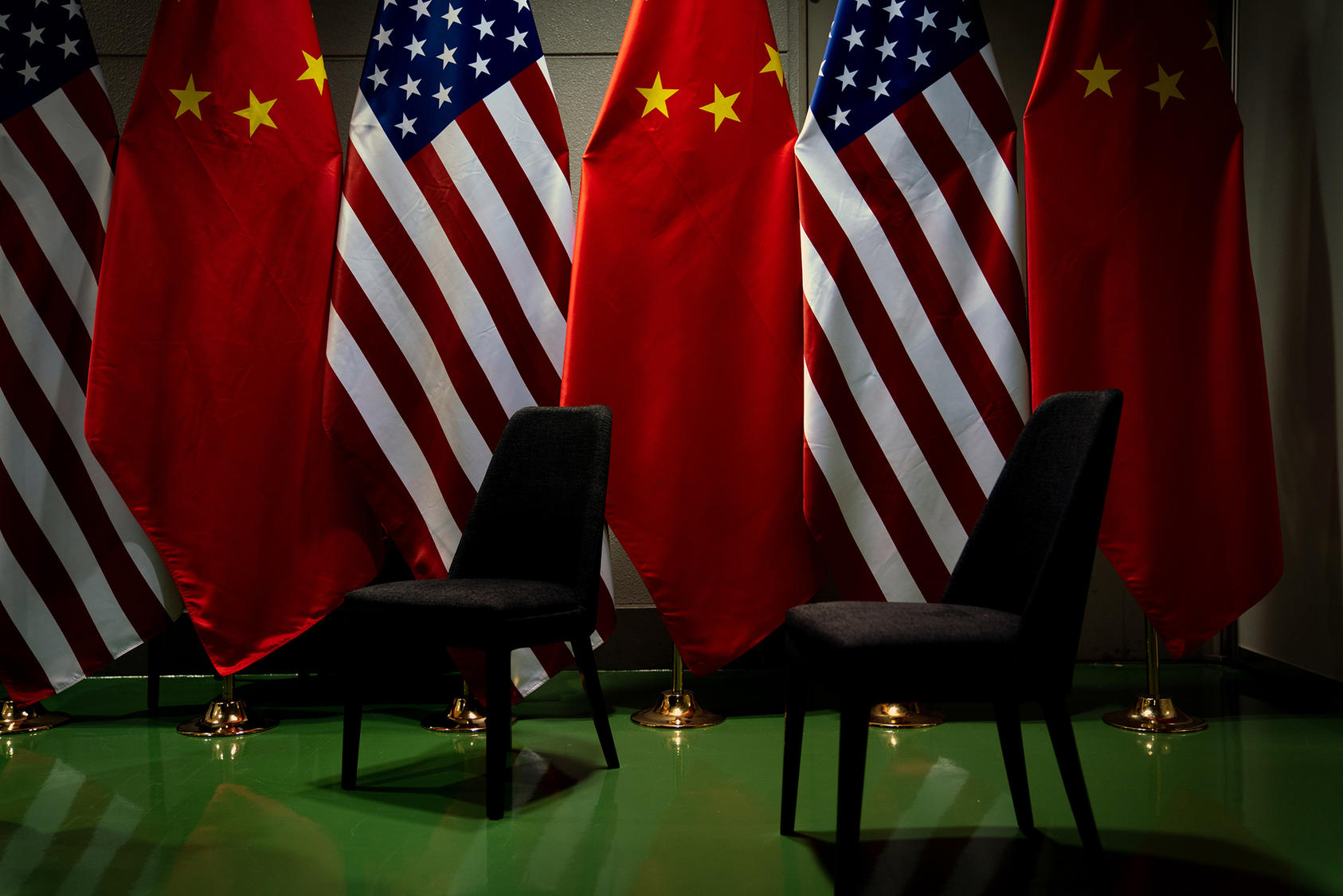Enhancing U.S.-China Strategic Stability in an Era of Strategic Competition
U.S. and Chinese Perspectives
As strategic competition between the United States and China intensifies, preventing a destabilizing arms race and lowering the risk of military, especially nuclear, confrontation is critical. The essays in this volume—based on a series of workshops convened by USIP’s Asia Center in late 2020—highlight both the striking differences and the commonalities between U.S. and Chinese assessments of the root causes of instability and the drivers of conflict in the nuclear, conventional missile and missile defense, space, cyberspace and artificial intelligence realms.

Summary
As strategic competition between the United States and China intensifies, the danger of a U.S.-China military confrontation is no longer a far-fetched scenario. Despite recognition in both capitals of the growing risks of major power conflict, the United States and China have few, if any, effective mechanisms to resolve their differences peacefully. Enhancing strategic stability by lowering the risks of military, and especially nuclear, conflict; managing emerging technologies and new frontiers of conflict such as those in space and cyberspace; and preventing a destabilizing arms race are now more critical than ever to ensure that the United States and China can compete without disastrous consequences.
As the essays in this volume make clear, U.S.-China relations are beset by a profound lack of trust and mutual skepticism of each other’s strategic intentions. Stark differences in the two states’ nuclear doctrines, policies and interests in arms control pose significant challenges to pursuing strategic risk reduction. In addition, an action-reaction dynamic is laying the foundation for a dangerous and costly arms race. U.S.-China strategic stability discussions are further complicated by the fact that they are not just bilateral in nature, but also have critical implications for third parties, especially U.S. allies, and are intertwined with other regional challenges. The sharp deterioration in the broader U.S.-China bilateral relationship and disappointment with past bilateral exchanges have impeded meaningful dialogue on security-related issues and diminished the political appetite for cooperative measures.
While each essay in this report advances distinct policy recommendations, the authors broadly recommend that to strengthen strategic stability in the near term, the United States and China should jointly affirm that nuclear war should never be fought and work together to reduce the dangers posed by nuclear weapons; initiate sustained and substantive official bilateral dialogues and parallel track 1.5 efforts to increase mutual understanding and begin exploring risk reduction and arms control measures; establish norms of behavior and transparency measures, especially to govern the use of emerging technologies and to regulate developments in space, cyberspace and AI; and engage other key states to strengthen global strategic stability.
About the Report
In winter 2020, the United States Institute of Peace convened a series of workshops with U.S. and Chinese security experts to discuss how Washington and Beijing can strengthen strategic stability amid growing strategic competition. This report presents essays by the twelve participants who examine the perception gaps, challenges and opportunities for enhancing stability in the nuclear, missile and missile defense, space, cyber and artificial intelligence realms.
About the Editor
Patricia M. Kim is a senior policy analyst on China at the United States Institute of Peace. Her areas of expertise include China’s foreign policy and regional security dynamics in East Asia. Previously, she was Stanton Nuclear Security Fellow at the Council on Foreign Relations and a research fellow at the Belfer Center for Science and International Affairs. She received her Ph.D. in politics from Princeton University.



